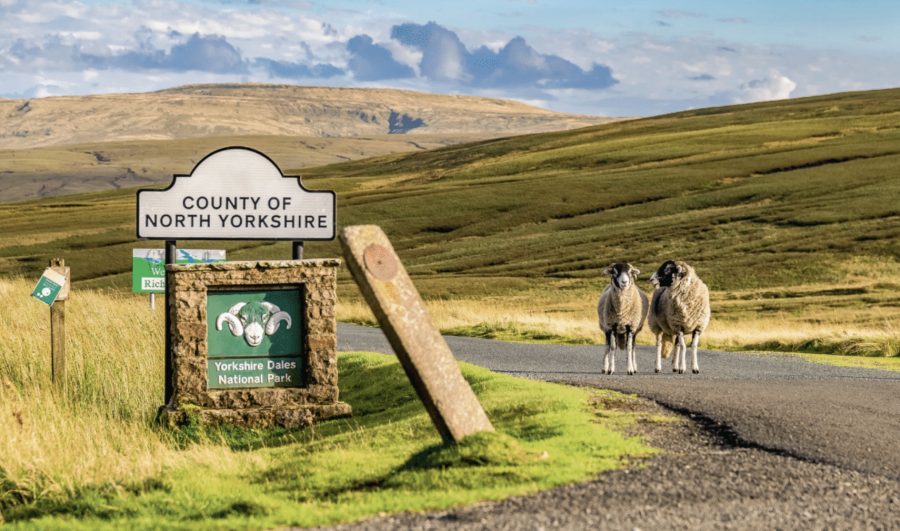Julian Norton, of Channel 5’s The Yorkshire Vet fame, provides an extract from Ruminations of a Yorkshire Vet – his new collection of anecdotes…
EARLY INTERVENTION AND GOOD HANDLING FOR ADAIRY COW
Tom had been busy with his usual farming jobs, but as the day progressed, he had become increasingly worried about one of his cows. She was off her food and off her milk.
By six o’clock she was looking really poorly, so he decided to call the vet. Evening surgery had just finished, so I grabbed what extra equipment I might need – not just forTom ’s cow, but for the rest of the night ahead as well. It is impossible to predict what a night on call might bring, so it is best to be prepared.
The signs that Tom reported over the phone sounded serious, but it was hard to tell what the problem might be. All poorly cows go off their food and, quite quickly, look very sick. However, the fact that Tom was sufficiently worried to call me out in the evening was evidence enough that she was in a bad way. And in a bad way she certainly was. The poor cow looked sick even from the far end of the collecting yard, where I parked my car. Her ears were droopy and so was her demeanour.
I greeted Tom, who looked tired and worried – it had been. a long day and one that was far from over. The three most important questions to ask to a dairy farmer about a sick cow (vet students take note) are: When did she calve? How much milk did she give this morning? Did she eat her cake? This is not some Marie Antoinette-type interrogation, but a reference to whether the cow ate her breakfast (yes, cows eat cake for breakfast!).
Armed with this information, alongside a thermometer, a stethoscope and a lubricated rectal glove, a large animal vet can. usually work out, with some confidence, what is wrong with a bovine patient. In a world crammed full of technology, it is a pleasant experience to diagnose an illness using a clinical history and a stethoscope. And it wasn’t long before I’d made my diagnosis.This cow had calved just a couple weeks ago, she had not eaten her cake for breakfast, she’d been fine after calving but her milk had dropped off over the last couple of days. Her temperature was normal, but it was my stethoscope that gave me the answer. I placed it on her left flank to listen for rumen noises – there were barely any.
I moved it lower down and flicked her muscular flank with my index finger, listening intently for the noise that would confirm my suspicion. Sure enough, there was a classic pinging noise, just like the noise you would get if you flicked the side of a metal. drum, half full of water.
“PING, PING, PING,” went the cow’s left flank, each time I flicked it. The cow had a left displaced abomasum. Everything fitted in and, if I’m honest, I thought that this was a possibility as soon as I’d asked those first three questions.
This article extract was taken from the September 2024 edition of The Country Smallholder. To read the article in full, you can buy the full issue here.
To receive regular copies of The Country Smallholder magazine featuring more articles like this, subscribe here.
For FREE updates from the world of smallholding, sign up for The Country Smallholder newsletter here.
Further reading: Merlin the therapy sheep’s a hit on Channel 5’s ‘The Yorkshire Vet’








